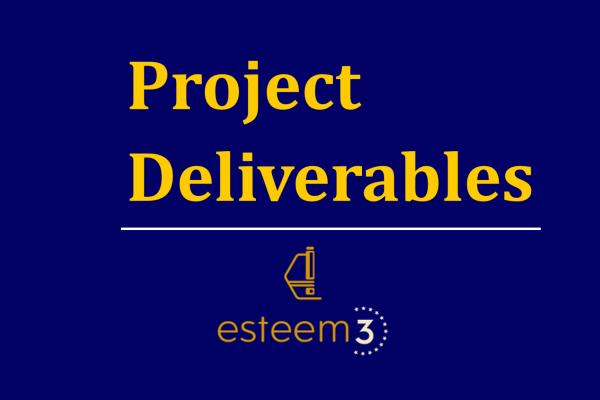Advanced TEM Sample Preparation Techniques for ICT Materials

Deliverable 7.4 - Report on protocols for sample preparation techniques of ICT materials.
Discover advanced TEM sample preparation techniques for ICT materials, focusing on assessing sample quality, wedge polishing, in situ electrical measurements on semiconductor nanowires, and sample transfer for in situ MEMS devices. Unveil how these techniques enable high-quality data extraction and contribute to breakthroughs in the field.
Introduction
The quality of transmission electron microscopy (TEM) samples plays a critical role in determining the spatial resolution, information obtained, and avoiding misinterpretation of collected data. Different specimen geometries, such as thin films, nanowires, quantum dots, and 2D materials, pose unique challenges when it comes to extracting information. Sample preparation is therefore a crucial step in advanced TEM. This report summarizes the sample preparation techniques developed in WP7 for ICT materials, focusing on the assessment of sample quality, wedge polishing, in situ electrical measurements on individual semiconductor nanowires, and sample transfer for studies with in situ MEMS devices.
Assessment of Sample Quality
A master thesis at GRA explored a combination of mechanical and ion thinning methods to achieve results comparable or superior to traditional FIB preparation. Samples of silicon, silicon germanium, germanium, and gallium nitride were prepared in both plan view and cross-sectional view. The quality of each sample was assessed based on visible defects and artifacts, sample thickness, and processing time. Bright-field TEM imaging combined with t/λ maps obtained via EFTEM imaging provided information on sample thickness. Preparation procedures were optimized and documented to enable reproducibility.
Wedge Polishing
Doping elements significantly impact the properties of functional materials. Improved techniques for sample preparation using wedge polishing and characterization were developed to localize single dopant atoms within the crystal through quantitative HAADF imaging supported by multi-slice simulations. Our results for Ta (0.01 wt.%) doped SrTiO3 (STO) demonstrate that Ta preferentially occupies Ti positions within the perovskite structure. A sample thickness of less than 5 nm was measured via position-averaged CBED (PACBED).
In situ Electrical Measurements on Individual Semiconductor Nanowires
In situ TEM is a powerful technique for correlating properties and structures of nanomaterials. Sample preparation for in situ TEM measurements on semiconductor nanowires is challenging due to the nanoscale dimensions and 1D morphology. This protocol describes a procedure for transferring individual GaAs nanowires from growth substrate to TEM sample grid with minimal artifacts and establishing electrical contacts using focus ion beam-scanning electron microscope (FIB-SEM).
Sample Transfer for Studies with In situ MEMS Devices
In situ TEM using MEMS devices enables a variety of in situ TEM measurements with high stability, controllability, and versatility. However, preparation and transfer of samples onto MEMS devices can be challenging due to factors such as small areas suitable for mounting samples and flat surfaces of the devices. FIB-SEM is widely used for transferring TEM structures onto in situ MEMS devices. This protocol describes a procedure for transferring individual nanostructures or TEM lamella onto MEMS devices while avoiding ion beam-induced artifacts using FIB-SEM, which involves using a dummy nanowire as the transfer probe instead of the manipulator in the FIB-SEM.
Conclusion
Advanced TEM sample preparation techniques are critical in obtaining high-quality information from various specimen geometries. This report outlined the techniques developed for assessing sample quality, wedge polishing, in situ electrical measurements on individual semiconductor nanowires, and sample transfer for studies with in situ MEMS devices. These techniques enable researchers to study the properties and structures of ICT materials, paving the way for further advancements in the field.
D7.4 Report on protocols for sample preparation techniques of ICT materials [PDF, 4.28 MB, not barrierefree]
